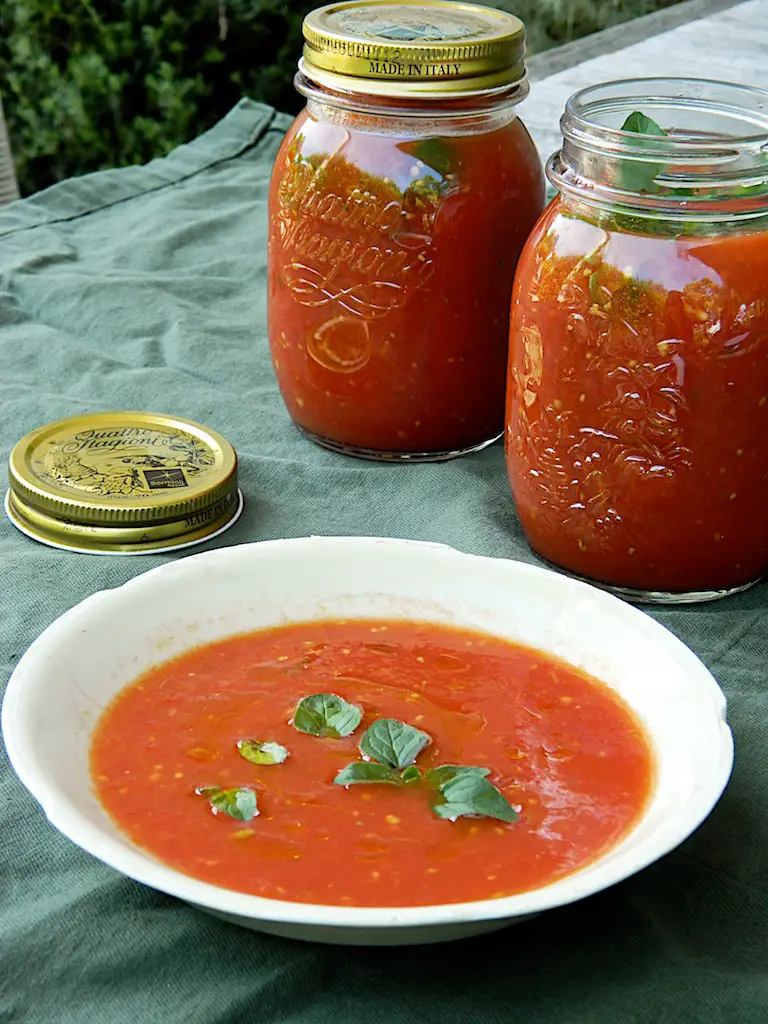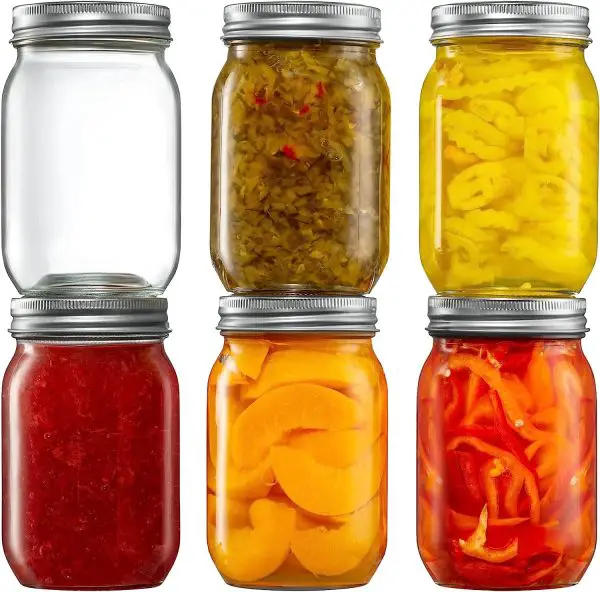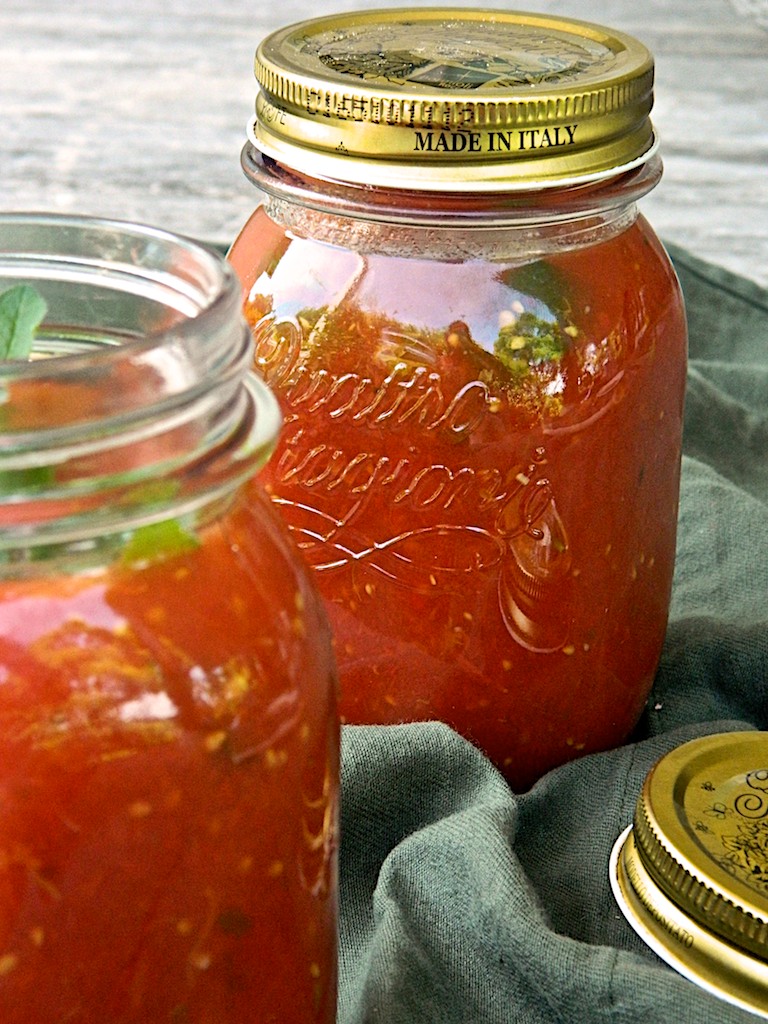Easy Home-Made Tomato Passata
Easy Home-Made Tomato Passata
Have you ever been tempted to make your own tomato pasta sauce, but got put off by the daunting thought that this is a complicated job, best left to the expert, wrinkled hands of a good-old Italian Nonna? Think again! Home-made passata is within everybody’s reach. All you need is a food miller, some empty glass jars and, naturally, the ripest, juiciest tomatoes you can fetch. For those of you frolicking in the heat of high summer, this is a reasonably easy feat. We, antipodean dwellers must be patient and wait a few more months before we can get our hands on the ruby-red jewels!
As a child growing up in Italy, I was exposed from a very early age to the delicate sweetness of my Mamma and Nonna’s passata. Every August, we children were assigned the task of washing tons of plump tomatoes, so ripe they almost burst in our tiny and clumsy hands. Mamma and Nonna would then put them all in a cauldron accompanied by other essentials herbs to stew gently, the sweet fumes impregnating the kitchen wall, our clothes, our hair. They would then mill them vigorously to obtain a thick and peel-free, crimson nectar, read to be bottled. The prospect of winter seemed to be more endurable, all of a sudden!
Ingredients
Jars click here for more information
-
(makes 3×450 gr jar)
-
2 kg (4 pounds) of ripe tomatoes, cut into quarters
-
1 stick of celery
-
2 spring onions, cut into chunks
-
1 chillie (chilli pepper), leave out if you don’t like the heat
-
2-3 handfuls of fresh basil
-
a few sprigs of fresh oregano
-
salt to taste
Directions
1. Put the prepared vegetables in a large saucepan over medium heat, bring to a gentle simmer, turn the heat to low and cook for 35-40 minutes or until the vegetables have softened and the scent of Italy has invaded your home. Taste for salt and adjust to your liking,
2. Allow to cool in the spot for 10 minutes, then, working in batches, pass the vegetables through a food miller. You can choose to also pass the nectar through a sieve to get rid of seeds, but I personally like it rustic and a bit chunky.
3. Now all is left for you to do it is to put the passata back in the saucepan to heat up for a few minutes, ready to be poured hot into freshly sterilized glass jars and lids.
If you are not familiar with the process, this is how I do it:
-
– Always use new lids. Old lids will fail to seal the jar safely.
-
– To sterilize jars and lids, simply put them in the dish water and run a hot temperature cycle. Allow to dry in the machine, then fill the hot jars with hot liquid until 3/4 full. Seal with the lid securely. Turn the jars upside down to facilitate the creation of the vacuum, and allow to cool at room temperature.
-
– You can also sterilize them in a pot of boiling water for 20 minutes. LIft them out with tongs, allow them to dry, upside down, on a clean tea towel, then proceed as above.
-
Keep the jars in a dark cupboard and consume within 6 months.
This site contains product affiliate links. We may receive a commission if you make a purchase after clicking on one of these links.








